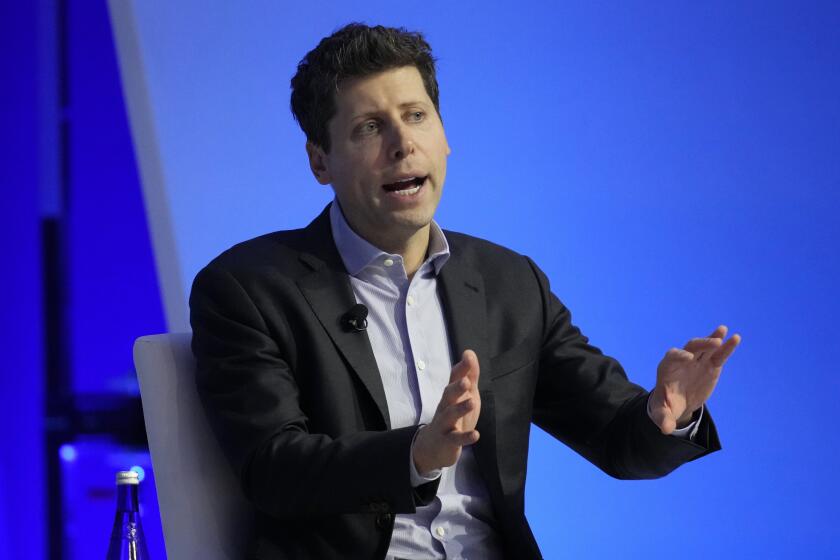California’s Aerospace Dilemma
- Share via
High costs and a lack of political support are the major factors leading aerospace firms to move out of California, according to a study release recently by the Los Angeles Area Chamber of Commerce.
The study, conducted for the chamber by the consulting firm McKinsey & Co. , estimated that as many as 150,000 aerospace jobs-and up to 250,000 jobs overall-could be lost in the state over the next five years if the state does not improve its business climate.
The study said the aerospace industry is a major supporter of charities and education, as well as the employer of 155,000 minorities who represent 32% of the total industry work force.
The report recommended that California could retain its leadership in aerospace by mobilizing public and political support, nurturing a healthy base of specialized industries and helping the industry reduce costs. The industry, meanwhile, must respond, including formation of a coalition to speak to key policy issues.
How Defense Groups Rate Congressional Delegations Associations rate delegations base on their voting records in support of the industry. Average index (100 equals most supportive; 0 equal least supportive). National Assn. of Manufacturers California: 38 Georgia: 58 Texas: 54 Florida: 49 Pennsylvania: 43 Ohio: 40 Washington: 40 New York: 25 American Security Council California: 38 Georgia: 0 Texas: 0 Florida: 0 Pennsylvania: 55 Ohio: 47 Washington: 49 New York: 34 Business and Industry California: 32 Georgia: 59 Texas: 55 Florida: 62 Pennsylvania: 45 Ohio: 45 Washington: 49 New York: 34 Source: Mead Data Central; McKinsey analysis
Reasons Firms Leave the State In a survey, prime defense contractors ranked their reasons for leaving California. The scores represent an average, based on a scale in which 1 is the most important reason and 10 the least. Labor: 2.3 Wages too high Healthcare costs too high Housing costs: 2.8 Cannot attract new employees Regulatory Climate: 3.8 Environmental regulations too restrictive Local ordinances too restrictive Federal Lawmakers: 4.0 Insufficient support from federal legislators Alternative Locations: 5.3 Off tax and other financial incentives State Infrastructure: 6.5 Transportation system insufficient Taxes: 7.0 State taxes too high Work Force Skills: 8.5 Better production labor elsewhere Source: McKinsey & Co.
More to Read
Inside the business of entertainment
The Wide Shot brings you news, analysis and insights on everything from streaming wars to production — and what it all means for the future.
You may occasionally receive promotional content from the Los Angeles Times.










